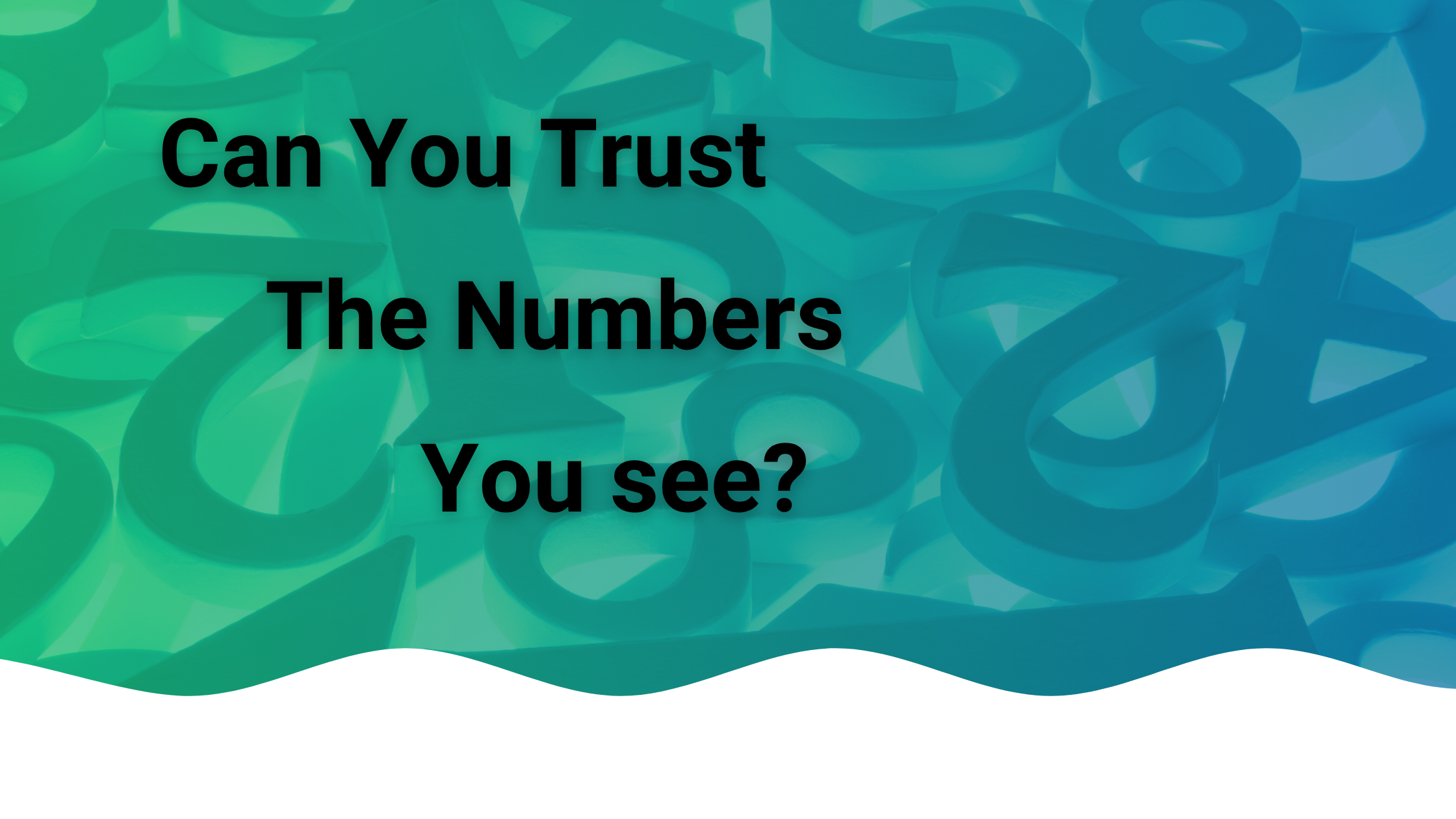


The hidden cost of scattered data and why a single source of truth matters
If I walk into any growing project engineering organization and ask
“What’s our current stock level for Item 'X'?”
Chances are high that I will get multiple answers from different departments, each with its own version of data proofs.
Sales might say, “We had 100 last week.”
Stores might say, “Let me check the spreadsheet.”
Procurement might say, “We’ve placed an order; not sure if it’s received.”
Accounts might have a completely different figure.
It’s a systemic issue caused by scattered, unconnected data sources.
Because most businesses grow organically and keep adding tools for different departments at different time periods as per the need. Following scenarios are very common in Project Engineering Organizations:
Each system may work in isolation. But together, they create chaotic situations as you don’t get common connections.
This disconnect leads to:
Conflicting reports | Delayed decisions | Frequent firefighting | Poor accountability
Before implementing any ERP system, the first step is realizing the need for connected, consistent, and real-time data. Businesses don’t just need more tools, they need a foundation of reliable information that flows across departments. A modern ERP doesn’t just digitize paperwork. It connects functions, aligns data, and brings operational clarity.
But even before you reach that stage, start asking:
A small shift in mindset from “who owns this report”to “where is the single source of data?” can change the way your organization operates.
Let us know how we can help you in this!